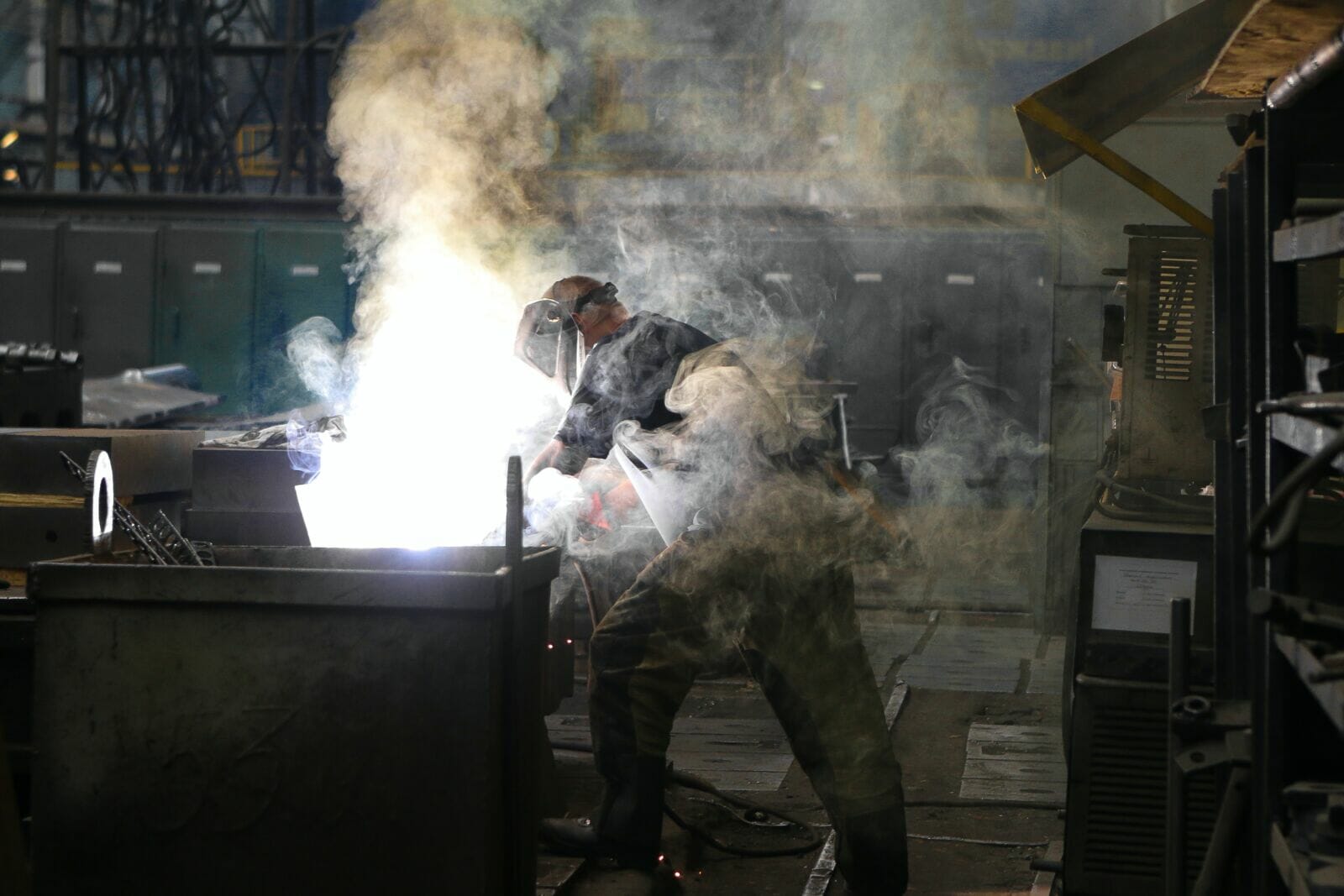In today’s rapidly evolving global landscape, traditional manufacturing companies are facing unprecedented challenges. From emerging technologies and changing consumer preferences to supply chain disruptions and geopolitical tensions, the pressure to adapt has never been more intense. For established manufacturers, staying competitive requires a multifaceted approach that embraces innovation while leveraging existing strengths.
Leveraging Manufacturing Cost Modeling
So, where to begin? Well, one critical strategy for maintaining a competitive edge is the effective use of manufacturing cost modeling. This technique allows companies to analyze and predict costs across various stages of production, enabling more informed decision-making. By understanding where resources are being utilized and identifying potential areas for savings, manufacturers can achieve greater profitability. In an era where every dollar counts, cost modeling serves as a powerful tool for optimizing processes and remaining agile in the face of shifting market dynamics.
Investing in Technology and Innovation
Adopting advanced manufacturing technologies is another essential strategy for staying competitive. The rise of the Fourth Industrial Revolution, characterized by the integration of artificial intelligence, robotics, and the Internet of Things (IoT), has transformed how manufacturing processes are designed and executed. By implementing smart factory systems and automation, manufacturers can increase efficiency, reduce human error, and enhance product quality.
Innovation isn’t limited to technology alone; it also encompasses business models and strategies. For example, some companies are exploring servitization, offering their products as a service rather than a one-time sale. This approach not only creates new revenue streams but also fosters longer-term customer relationships.
Enhancing Supply Chain Resilience
In recent years, global supply chains have faced significant disruptions due to natural disasters, political conflicts, and the COVID-19 pandemic. These challenges have highlighted the importance of building resilient supply chains that can withstand unexpected shocks. For established manufacturers, this may involve diversifying suppliers, investing in local production, or adopting digital supply chain solutions that provide real-time visibility and flexibility.
Furthermore, collaborating closely with suppliers and maintaining robust relationships can improve communication and coordination, reducing the likelihood of bottlenecks and ensuring a smoother operation overall. By prioritizing supply chain resilience, manufacturers can mitigate risks and respond more swiftly to changing market conditions.
Focusing on Sustainability
Sustainability is no longer a niche concern; it has become a crucial factor in consumer decision-making and brand reputation. Established manufacturers must integrate sustainable practices into their operations to remain competitive and meet regulatory requirements. This includes reducing waste, optimizing resource use, and lowering carbon footprints.
Consumers are increasingly inclined to support brands that demonstrate genuine commitment to environmental and social responsibility. By investing in sustainable initiatives and transparently communicating these efforts, manufacturers can strengthen their market position and attract environmentally-conscious customers.
Attracting and Retaining Talent
The success of any manufacturing operation relies heavily on its workforce. In an industry that has traditionally faced challenges related to an aging workforce and skills shortages, attracting and retaining top talent is paramount. Manufacturers can remain competitive by investing in training and development programs that equip employees with the skills needed to thrive in a modern manufacturing environment.
Moreover, fostering a positive organizational culture that emphasizes innovation, diversity, and inclusion can make a significant difference. By creating a workplace that values contributions from all levels, manufacturers can encourage creativity and motivation among employees, driving the company toward long-term success.
Embracing Globalization and Local Customization
While globalization has opened new markets and opportunities, it has also increased competition. Established manufacturers can benefit from globalization by expanding into emerging markets and leveraging their established brand reputation. However, success in these markets often requires customization to meet local preferences and regulatory demands.
By balancing global reach with local adaptation, manufacturers can tailor their products and marketing strategies to resonate with diverse customer bases. This approach not only enhances competitiveness but also fosters strong customer loyalty and trust across different regions.
Conclusion
As the global manufacturing landscape continues to evolve, established manufacturers must stay vigilant and proactive to maintain their competitive edge. By leveraging manufacturing cost modeling, investing in technology and innovation, enhancing supply chain resilience, focusing on sustainability, attracting talent, and embracing both globalization and local customization, these companies can adapt to change and thrive in a dynamic market environment.
Remaining successful in a shifting global market demands a holistic and forward-thinking approach. With the right strategies in place, established manufacturers can not only survive the challenges but also transform them into opportunities for growth and advancement.




